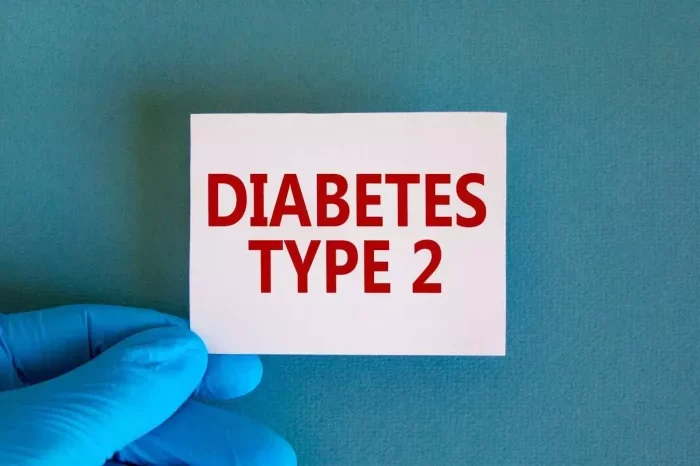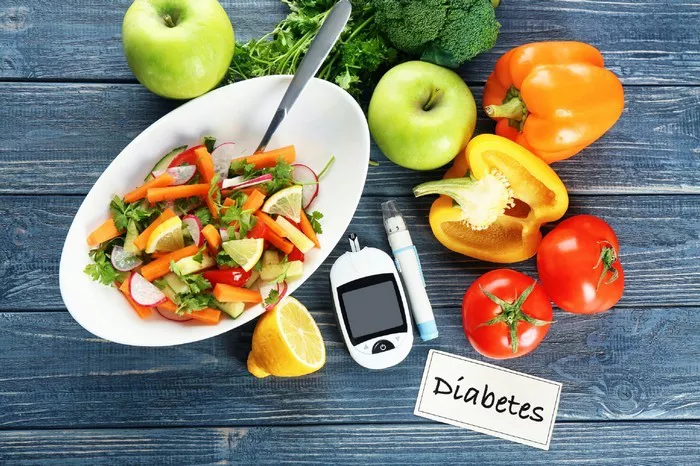GLP-1 receptor agonists (GLP-1RAs) have been shown to significantly reduce the risk of hyperkalemia in patients with type 2 diabetes compared to dipeptidyl peptidase-4 (DPP-4) inhibitors, according to a recent large observational study conducted in Sweden. The study, led by Yang Xu, PharmD, PhD, from the Peking University Health Science Center, revealed that over a median treatment period of 3.9 months, GLP-1 agonists were associated with a 39% reduced risk of hyperkalemia (defined as potassium levels greater than 5.0 mEq/L) compared to DPP-4 inhibitors. The hazard ratio (HR) was found to be 0.61 (95% CI 0.50-0.76).
Further, GLP-1 agonists were linked to a 48% reduction in the risk of moderate-to-severe hyperkalemia (potassium levels greater than 5.5 mEq/L), with an HR of 0.52 (95% CI 0.28-0.84). The study, published in JAMA Internal Medicine, highlighted that the 12-month absolute risk of a first hyperkalemia event was 2.9% in the GLP-1 agonist group versus 4.6% in the DPP-4 inhibitor group, with a weighted risk difference of -1.7% (95% CI -2.4% to -1.1%).
Mechanism and Clinical Implications
The researchers suggested that GLP-1 receptor agonists may offer wider use of guideline-recommended cardioprotective and renoprotective medications, potentially improving clinical outcomes in this population. They noted that GLP-1RAs may exert their effects on potassium homeostasis by boosting the flow of tubular fluid and increasing the sodium load delivered to the distal nephron, which induces urinary potassium excretion by the collecting duct.
In addition to lowering hyperkalemia risk, GLP-1 agonists were associated with a lower rate of renin-angiotensin system (RAS) inhibitor discontinuation compared to DPP-4 inhibitors. The HR for RAS inhibitor discontinuation was 0.89 (95% CI 0.82-0.97). This finding is particularly noteworthy as hyperkalemia often leads to dose reduction or discontinuation of RAS inhibitors, which in turn is associated with worse clinical outcomes.
Study Population and Limitations
The cohort study included 33,280 Swedish adults with type 2 diabetes who started treatment with either a GLP-1 receptor agonist or a DPP-4 inhibitor between 2008 and 2021. Among the participants, 13,633 initiated GLP-1 receptor agonists, while 19,647 started DPP-4 inhibitors. The average age of participants was 63.7 years, and 59.7% were male.
Before beginning treatment with GLP-1RAs or DPP-4 inhibitors, participants were primarily using metformin (79.3%), sulfonylureas (22.1%), insulin (20.9%), and SGLT2 inhibitors (7.4%). GLP-1 agonist users were generally younger, with a mean age of 60.4 years compared to 66 years for DPP-4 inhibitor users. They also had higher HbA1c levels, higher estimated glomerular filtration rates (eGFR), and lower urinary albumin-creatinine ratios.
The study did have some limitations, including a lack of data on confounders such as dietary potassium intake or the use of potassium-containing supplements. Additionally, the study was not sufficiently powered to explore interactions between GLP-1 receptor agonists and SGLT2 inhibitors.
Conclusion
The study provides strong observational evidence that GLP-1 receptor agonists may play a significant role in reducing the risk of hyperkalemia in patients with type 2 diabetes, compared to DPP-4 inhibitors. This reduction in hyperkalemia risk could allow for the continued use of RAS inhibitors, potentially improving clinical outcomes for patients. However, further research is needed to fully understand the mechanisms at play and to explore potential interactions with other medications.
Related topics:
How Experiencing Famine in the Womb May Shape People’s Health as Adults



























